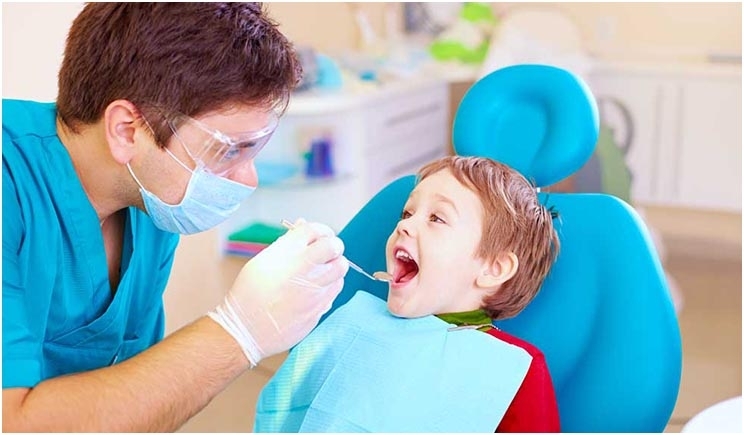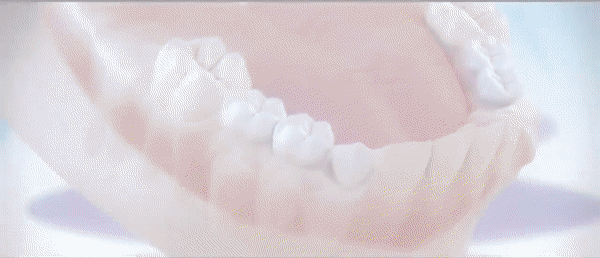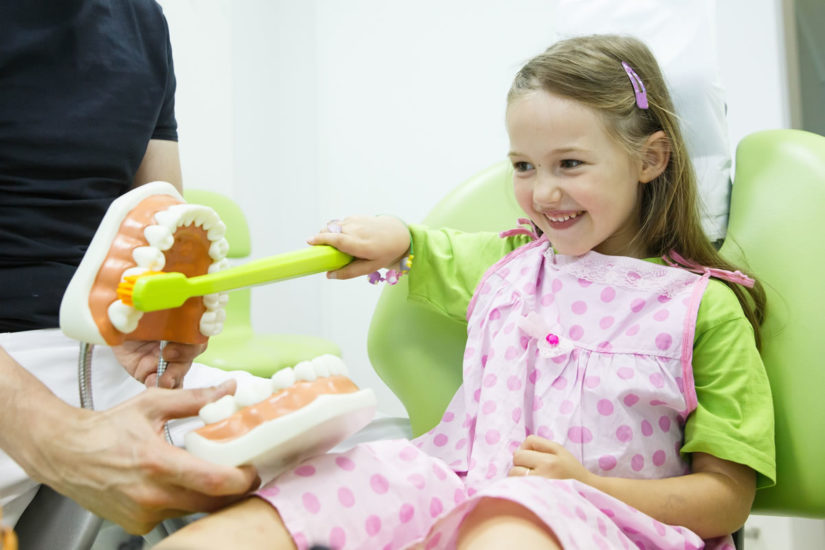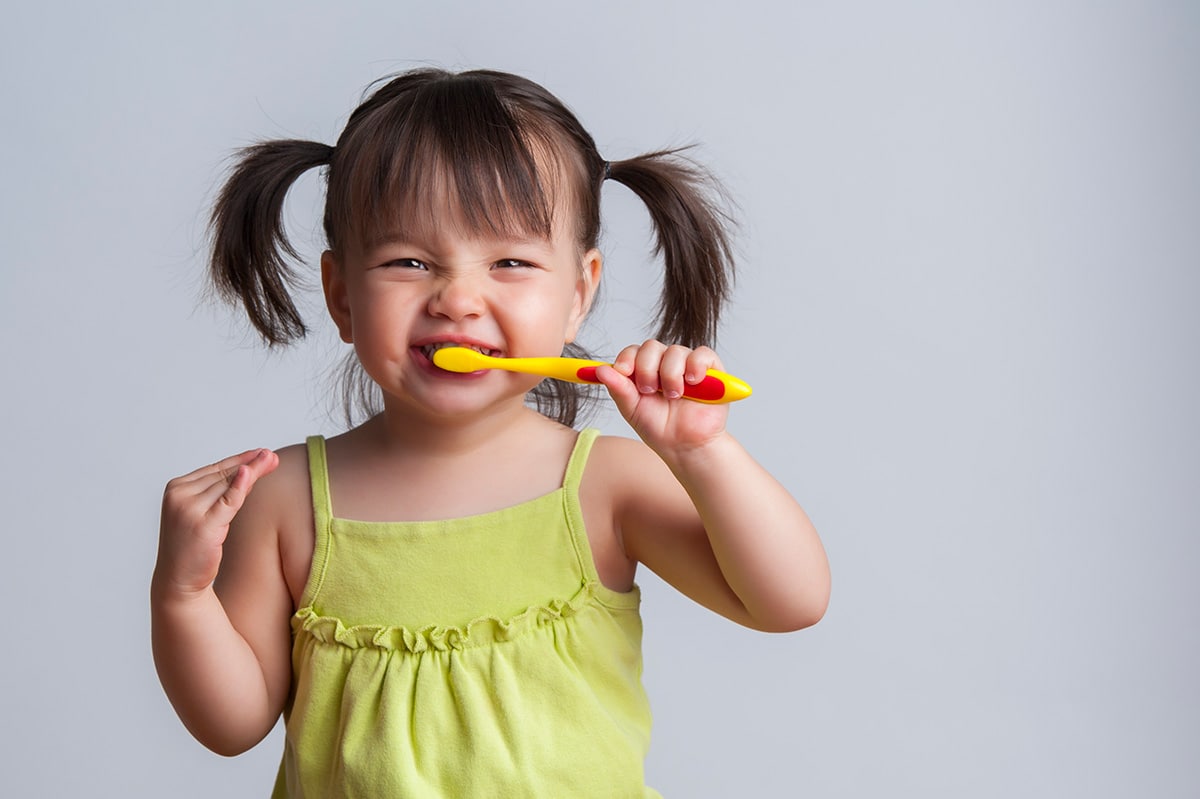






Pediatric dentists are dedicated to the oral health of children from infancy through the teen years. They have the experience and qualifications to care for a child’s teeth, gums, and mouth throughout the various stages of childhood.
Children begin to get their baby teeth during the first 6 months of life. By age 6 or 7 years, they start to lose their first set of teeth, which eventually are replaced by secondary, permanent teeth. Without proper dental care, children face possible oral decay and disease that can cause a lifetime of pain and complications.

![]() 1800 BC – Ancient Egyptians were some of the first people to have documents of tooth decay and diseases.
1800 BC – Ancient Egyptians were some of the first people to have documents of tooth decay and diseases.
![]() 1563-64 – Italian anatomist Eustachius described and showed illustrations of both primary and permanent dentition.
1563-64 – Italian anatomist Eustachius described and showed illustrations of both primary and permanent dentition.
![]() 1737 – French dentist Gerauldy wrote out theories regarding tooth eruption and exfoliation.
1737 – French dentist Gerauldy wrote out theories regarding tooth eruption and exfoliation.
![]() 1742 – British surgeon Joseph Hurlock published the first book on children’s dentistry named ‘A Practical Treatise Upon Dentition’.
1742 – British surgeon Joseph Hurlock published the first book on children’s dentistry named ‘A Practical Treatise Upon Dentition’.
![]() 1743 – Father of Pediatric dentistry Robert Bunon published his essay on the teeth disease, and discussed dental problems in children for the first time. He also introduced serial extraction.
1743 – Father of Pediatric dentistry Robert Bunon published his essay on the teeth disease, and discussed dental problems in children for the first time. He also introduced serial extraction.
![]() 1914 – Father of dental hygiene, Alfred C. Fones devised a plan under which graduates will be posted in public schools to provide oral hygiene care.
1914 – Father of dental hygiene, Alfred C. Fones devised a plan under which graduates will be posted in public schools to provide oral hygiene care.
![]() 1924 – American dentist and pioneer in pediatric dentistry, Minnie Evangeline Jordan publishes the first book on pediatric dentistry in English.
1924 – American dentist and pioneer in pediatric dentistry, Minnie Evangeline Jordan publishes the first book on pediatric dentistry in English.
![]() 1926 – Father of Children’s Dentistry Dr Samuel D. Harris started the Detroit Pedodontics Study Club which was renamed in 1940 to American Society of Dentistry for Children.
1926 – Father of Children’s Dentistry Dr Samuel D. Harris started the Detroit Pedodontics Study Club which was renamed in 1940 to American Society of Dentistry for Children.
![]() 1938 – A new toothbrush having nylon bristles is invented. It replaced the earlier toothbrush with animal bristles.
1938 – A new toothbrush having nylon bristles is invented. It replaced the earlier toothbrush with animal bristles.
![]() 1940 – The American Dental Association officially recognized pediatric dentistry as a specialty.
1940 – The American Dental Association officially recognized pediatric dentistry as a specialty.
![]() 1945 – Michigan becomes the first American city to fluoridate its water supply.
1945 – Michigan becomes the first American city to fluoridate its water supply.
![]() 1947 – The American Academy of Pedodontics was founded.
1947 – The American Academy of Pedodontics was founded.
![]() 1960s – Dental sealants introduced to help prevent cavities in children and adolescents’ permanent teeth.
1960s – Dental sealants introduced to help prevent cavities in children and adolescents’ permanent teeth.
![]() 1964 – Italian Society of Pediatric Dentistry is founded.
1964 – Italian Society of Pediatric Dentistry is founded.
![]() 1971 to 1975 – The first National Health and Nutrition Examination Survey was conducted in America.
1971 to 1975 – The first National Health and Nutrition Examination Survey was conducted in America.
![]() 1975 – Finnish chewing gum brand Jenkkl introduces the first gum with artificial sweetener.
1975 – Finnish chewing gum brand Jenkkl introduces the first gum with artificial sweetener.
![]() 1980s – The Berenstain Bears Visit the Dentist book is published to help the children guide about a dentist.
1980s – The Berenstain Bears Visit the Dentist book is published to help the children guide about a dentist.
![]() 1990s – Tooth decay in children increases after decreasing in 1970s.
1990s – Tooth decay in children increases after decreasing in 1970s.
![]() 2000s – The first ever Oral Health in America: A report of the Surgeon General is released.
2000s – The first ever Oral Health in America: A report of the Surgeon General is released.

Children are always tough to handle and those in tooth pain are extremely difficult. They possess mood swings and their behavior is entirely different from normal. Dentists have to show great patience and effective techniques to handle the children and eliminate their pain at the same time. There are certain behavior management techniques for a pediatric dental patient.
![]() The dentist should have a detailed meeting with the parents to discuss the child’s behavior,
The dentist should have a detailed meeting with the parents to discuss the child’s behavior,
![]() fear and dental health. He should inform the parents of the phases involved in pediatric dental procedure. He should ask them to make the child’s mind comfortable about the procedure and ready him or her.
fear and dental health. He should inform the parents of the phases involved in pediatric dental procedure. He should ask them to make the child’s mind comfortable about the procedure and ready him or her.
![]() Dentists and patients should have a strong relationship. Pediatric dentists should effectively and efficiently perform the treatment of the patients. They should have a positive attitude. Communicating with the child who is cooperative or uncooperative will result in successful completion of dental procedures.
Dentists and patients should have a strong relationship. Pediatric dentists should effectively and efficiently perform the treatment of the patients. They should have a positive attitude. Communicating with the child who is cooperative or uncooperative will result in successful completion of dental procedures.
![]() Communication will also lead the child to develop a positive attitude towards dentistry. Adopting the tell-show-do technique with the child and showing him what to do will make it easy for the child to understand. The dentist should decide whether the parents should be present during the dental procedure or not.
Communication will also lead the child to develop a positive attitude towards dentistry. Adopting the tell-show-do technique with the child and showing him what to do will make it easy for the child to understand. The dentist should decide whether the parents should be present during the dental procedure or not.
![]() The dentists should also practice non-verbal communication if needed during the procedure. It may be necessary if he cannot talk and guide the patient by facial expressions.
The dentists should also practice non-verbal communication if needed during the procedure. It may be necessary if he cannot talk and guide the patient by facial expressions.
![]() It is also important to distract the child to decrease the pain intensity of the child; for example, the child can be given a mirror to hold or sunglasses to wear to avoid the light exposure.
It is also important to distract the child to decrease the pain intensity of the child; for example, the child can be given a mirror to hold or sunglasses to wear to avoid the light exposure.
![]() The dentist should be fully aware of the child’s history and prescribe suitable pediatric dentistry procedures for him.
The dentist should be fully aware of the child’s history and prescribe suitable pediatric dentistry procedures for him.
Pediatric dental definition stresses upon the importance of pediatric dentistry. Oral hygiene is a vital component of the overall health of a person. Without it human beings’ health is incomplete. When oral health is neglected the body suffers and you are unable to eat and drink anything since your body gets deficient of important nutrients.
Every person who is concerned about pediatric dentistry will never ignore any teeth problem or disease. Oral health care should start when a baby is born. Dentists urge patients to give importance to pediatric dentistry as soon as their child gets their first tooth. They recommend that a child should have his first visit to dentist when he turns one.
Early oral hygiene habits will develop strong teeth and gums of the child throughout the life. Pediatric dentist can be the child’s best friend and can protect him from long term problems and lifelong complications.
Besides pediatric dentistry, it is also important to have home care hygiene.



